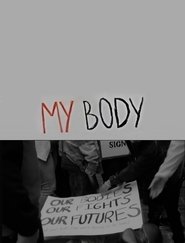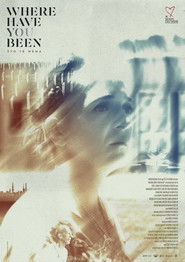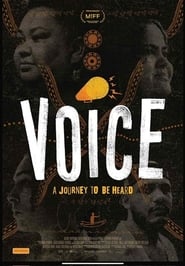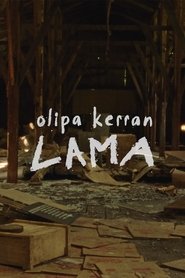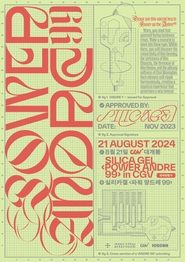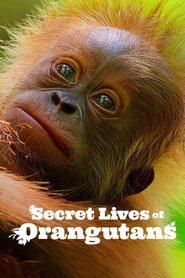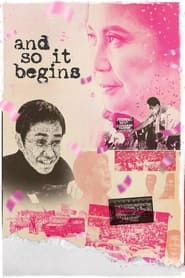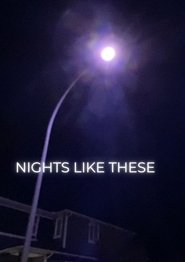New Documentary Movies - Page 309
-
Schuld en boete
2024
Schuld en boete
2024
Five people talk about how easy it is to build up and how difficult it is to get out of it again. They fall ten prey to the powerful industry. Fines and extra costs make them so aware that they can no longer be solved on their own. -
My Body
2024
-
Spiel um Millionen
2024
Spiel um Millionen
2024
-
Where Have You Been
2024
Where Have You Been
2024
30 years after the genocide-the first in Europe since World War II-survivors in Bosnia and Herzegovina persist in their quest to find their missing loved ones. This film traces the homecoming of Bosnian-American artist Aida Sehovic and her participatory, nomadic monument to the Srebrenica Genocide. With the monument coming to its final resting place after traveling the world for 15 years, those who remain gather at the site of the atrocities to fill thousands of small ceramic coffee cups in memory of the victims. As they collectively mourn, painful questions endure: What does "never again" mean in a world where perpetrators live with impunity? How do art and empathy help fill the void left by immeasurable loss and trauma? -
The Last Shining Legacy
2024
This documentary delves into the importance people found in stained glass throughout their lives, and the impact it has on the people around them, while also delving into the time it takes to go into this craft and trade. -
A While at the Border
2024
Argentine sisters Julia and Claudia Meirama were promising architecture students at the University of La Plata until in 1977, under the dictatorship, Claudia was kidnapped and tortured, and forced to flee to Sweden. Julia stayed behind in the north of Argentina. For years, they corresponded in an attempt to bridge the distance. -
Samir Mehić Bowie – Letters from Srebrenica
2024
In the spring of 1992, war separates friends and members of a rock'n'roll band from Srebrenica. Drummer Faruk leaves Srebrenica, while guitarist Samir remains in the city. In letters, they dream of a reunion until July 1995. -
The inaudible movement of things
2024
While infrasound waves emerge from the emptiness of the Atacama Desert and from the Parisian metropolis, my grandmother narrates the experience of an earthquake we lived through together and reminds us that this invisible and powerful energy has always existed, that it is part of us, of our origin and of everything that surrounds us. -
Voice
2024
Voice
2024
With a national vote approaching to enshrine Indigenous peoples voice in the constitution, a dynamic Indigenous youth group travel on a pilgrimage across Australia to commemorate a historic civil rights victory. Buoyed by the imminent referendum, the group voyage through ephemeral Australian landscape in the microcosm of a minibus, sharing the rich, multilayered stories of their personal histories, as they dream up a hopeful new vision for Australia. As the results of the vote are counted, it’s impact on their future offer two paths – a hopeful breakthrough or another chapter in the long fight for recognition. -
Once Upon a Recession
2024
In the beginning of 1990s Finland was faced with the most serious financial crisis of its history; recession. Over 400,000 unemployed persons, almost 200 000 bankruptcies and a whole national offspring of insecurity were born in a country with around 5 million in population, all within a few years. How does the childhood during depression look like from adulthood? -
All The Darkness In the World Cannot Extinguish the Light of a Single Candle
2024
Over the course of his senior year, William Hopfensperger recorded get-togethers, soccer practices, donor dinners, parties, and goings-ons of St. Andrew School in hopes of making "The Documentary". This movie is that "Documentary". -
Master or Guest
2024
Master or Guest
2024
-
Secret Lives of Orangutans
2024
star 7.7Follow a multi-generational orangutan family through their treetop triumphs and travails in this immersive documentary narrated by David Attenborough. -
And So It Begins
2024
And So It Begins
2024
Amidst the traditional pomp and circumstance of Filipino elections, a quirky people’s movement rises to defend the nation against deepening threats to truth and democracy. In a collective act of joy as a form of resistance, hope flickers against the backdrop of increasing autocracy. -
Our Sunny Paradise
2024
Our Sunny Paradise
2024
-
Hondarrak
2024
Hondarrak
2024
-
Douglas Stories
2024
Douglas Stories
2024
This film is the result of a two-year oral history project which collected the stories of people living and working in Douglas, gathering reflections on the story of the past and witnessing the changes in a small village that became a suburb of Cork, Ireland. -
Nights Like These
2024
Nights Like These
2024
Skating through the night filming whatever catches the human eye in an urban neighborhood.
 Netflix
Netflix
 Amazon Prime Video
Amazon Prime Video
 Apple iTunes
Apple iTunes
 Apple TV Plus
Apple TV Plus
 Disney Plus
Disney Plus
 Google Play Movies
Google Play Movies
 Paramount Plus
Paramount Plus
 Hulu
Hulu
 HBO Max
HBO Max
 YouTube
YouTube
 fuboTV
fuboTV
 Peacock
Peacock
 Peacock Premium
Peacock Premium
 Amazon Video
Amazon Video
 The Roku Channel
The Roku Channel
 AMC+
AMC+
 Kocowa
Kocowa
 Hoopla
Hoopla
 The CW
The CW
 Vudu
Vudu
 Starz
Starz
 Showtime
Showtime
 PBS
PBS
 Pantaflix
Pantaflix
 FXNow
FXNow
 Tubi TV
Tubi TV
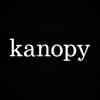 Kanopy
Kanopy
 Comedy Central
Comedy Central
 Crunchyroll
Crunchyroll
 Microsoft Store
Microsoft Store
 Redbox
Redbox
 Sun Nxt
Sun Nxt
 ABC
ABC
 DIRECTV
DIRECTV
 Crackle
Crackle
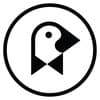 Fandor
Fandor
 Plex
Plex

